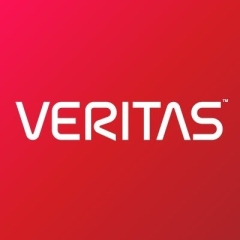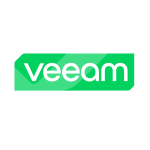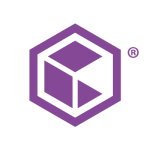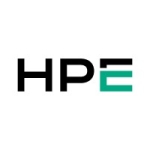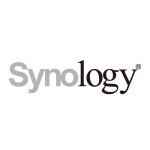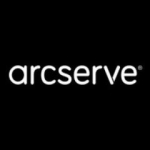We mainly use Windows for all our operating systems. Our databases are SQL databases. For backups, we set up one master server and three process servers. Our company isn't big, so this setup works well for us. We install the Veritas NetBackup Appliance agent on all the systems that need to be backed up.
It's a robust solution, and it is very strong indeed. In 2020, we faced the challenge of losing the catalog. We recovered the catalog using tape, which was crucial for restoring our backups. This feature stands out to me as one of the most valuable aspects of the solution.
Veeam has a verification action, which is good.
I have been working with the product for five years.
I rate Veritas NetBackup Appliance's stability an eight out of ten.
After installing the client and configuring network policies on the Veritas NetBackup Appliance server, I set up backup schedules and performed test backups. If the test was successful, I applied the backup schedule configuration, starting at 10 PM every night, with backups finishing by 6 AM. This setup allowed eight hours for backup. In my larger environment, we manage multiple media servers. We use a tape library and Data Domain for long-term backup retention. We noticed gaps in our security backup strategy recently, so we introduced a domain for production and disaster recovery. Each domain has one master server, one data domain, and one deployment.
The tool's deployment is easy since I have experience with it. It may prove difficult for others. It is not difficult, but integrating the applications, such as Windows, Oracle, SQL, and other applications, took more time. It required good planning to ensure everything integrated well.
I rate the overall product an eight out of ten.

